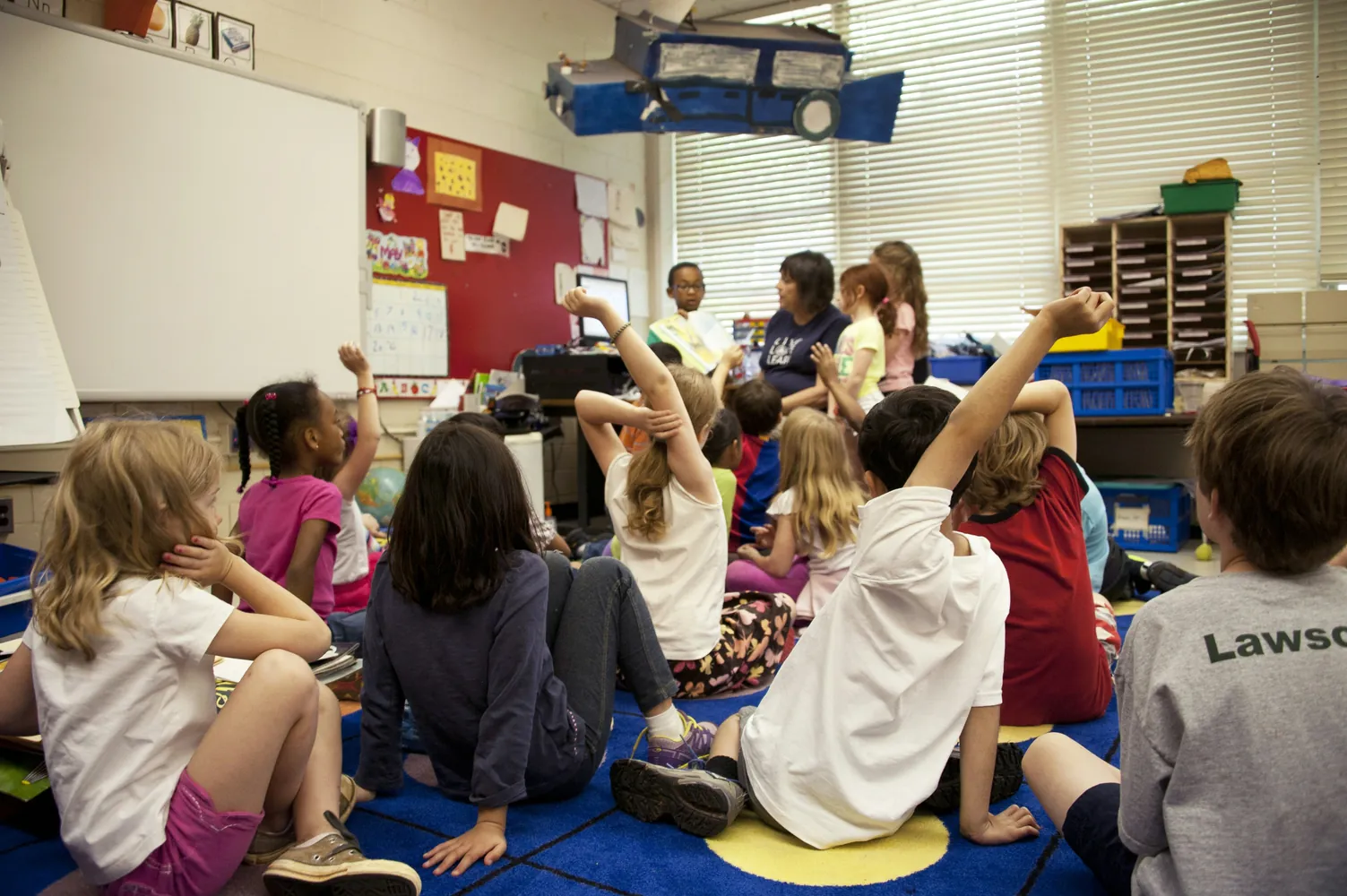Analyzing Student Performance: Active Learning against Conventional Lectures

The Evolving Landscape of Higher Education
Higher education is undergoing a transformation, driven by advancements in technology and pedagogical research. Traditional lecture formats, which have been the cornerstone of academic teaching, are now being challenged by active learning techniques that promise increased engagement and improved student outcomes. This shift raises essential questions about the effectiveness of these methods, their impact on diverse learners, and the best ways to implement them.

Understanding Traditional Lecture Formats
Traditional lectures have long been the backbone of higher education. They typically involve an instructor delivering content to a passive audience, often through a structured presentation. This method has several strengths:
- Efficiency: Large volumes of information can be delivered quickly to many students.
- Structured Content: Lectures provide a clear, linear pathway through complex material.
- Cost-Effective: One teacher can instruct hundreds of students at once, making it economically viable for institutions.
However, the limitations of traditional lectures are increasingly apparent. Students often struggle with engagement, retention, and application of knowledge. The passive nature of this format can also make it challenging for instructors to assess student understanding in real-time.
The Rise of Active Learning
Active learning encompasses various instructional strategies that involve students in the learning process actively. Instead of passively listening, students engage with the material, participate in discussions, collaborate with peers, and apply concepts through problem-solving activities. Key benefits include:
- Enhanced Engagement: Students are more likely to be interested and involved in their learning.
- Improved Retention: Engaging with material actively helps consolidate learning.
- Development of Critical Skills: Active learning promotes critical thinking, collaboration, and communication skills.
Despite these advantages, active learning is not without its challenges. It can require significant shifts in teaching methodology and more resources from institutions. Additionally, some students may initially resist or struggle with less structured learning environments.
Case Study: Comparing Approaches
A recent study conducted at a major university explored the impacts of these two educational methods on student performance in an introductory biology course. The study involved two groups: one experiencing traditional lectures and the other engaging in active learning sessions.
The results were telling. Students in the active learning group outperformed their peers in exams and reported higher satisfaction with the course. However, the transition was not smooth for all; some students accustomed to conventional lectures struggled initially with the autonomy required in active learning environments.
Best Practices for Active Learning Implementation
Successful integration of active learning requires thoughtful planning and execution. Here’s a practical mini-framework educators can adopt:
- Start Small: Begin by incorporating short active learning segments into lectures. Activities like think-pair-share or quick polls can effectively engage students without overwhelming them.
- Utilize Technology: Leverage platforms like learning management systems or collaborative tools to facilitate active learning outside the classroom.
- Foster a Supportive Environment: Encourage open communication and create a classroom culture where experimentation is welcomed and mistakes are part of the learning process.
- Iterate Based on Feedback: Gather regular feedback from students to refine your approach and ensure it meets their needs effectively.
Catering to Diverse Student Needs
Diversity in student backgrounds and learning preferences requires adaptive teaching strategies. While some students thrive in active environments, others might benefit more from structured lectures or a combination of both.
A balanced approach might be most effective: providing foundational knowledge through lectures while offering active learning sessions for application and deeper exploration. Educators should be attuned to their students' feedback and flexible enough to adapt their methods accordingly.
The Future of Teaching
The future of education lies in blending traditional and modern approaches. By understanding the strengths and weaknesses of each method, educators can create dynamic and inclusive learning experiences tailored to a broad range of needs. As educational technology continues to evolve, the possibilities for more personalized and effective teaching strategies will only expand.
 TrendLayer
TrendLayer